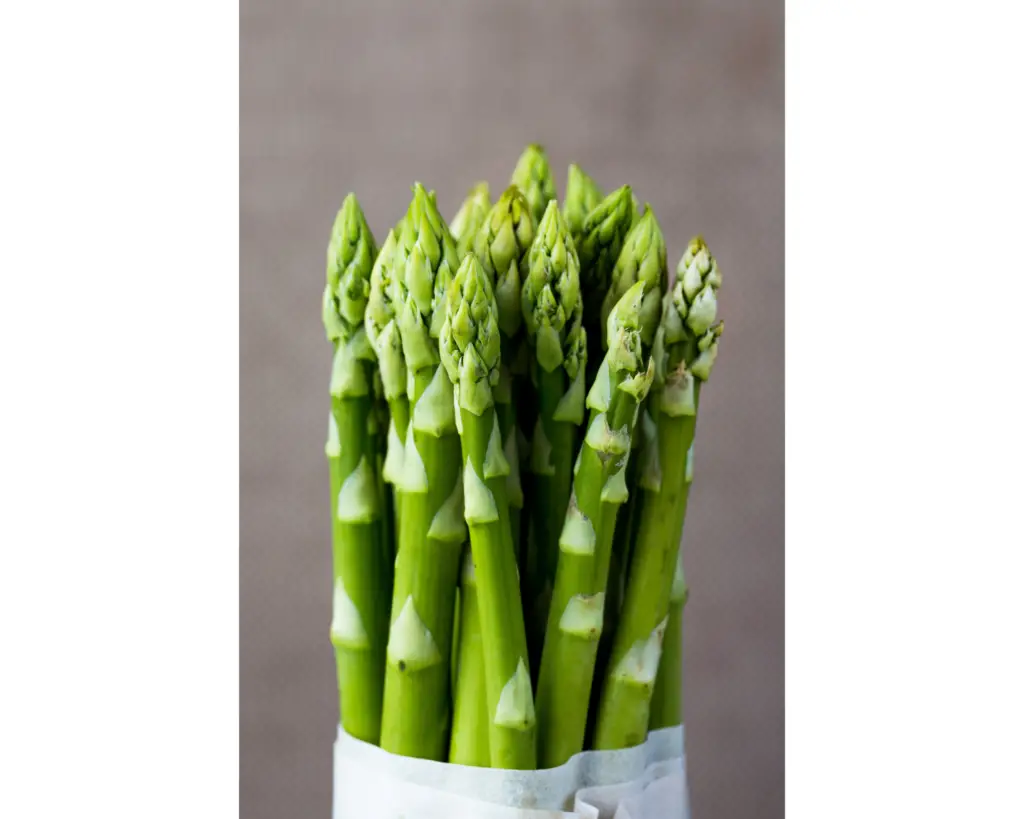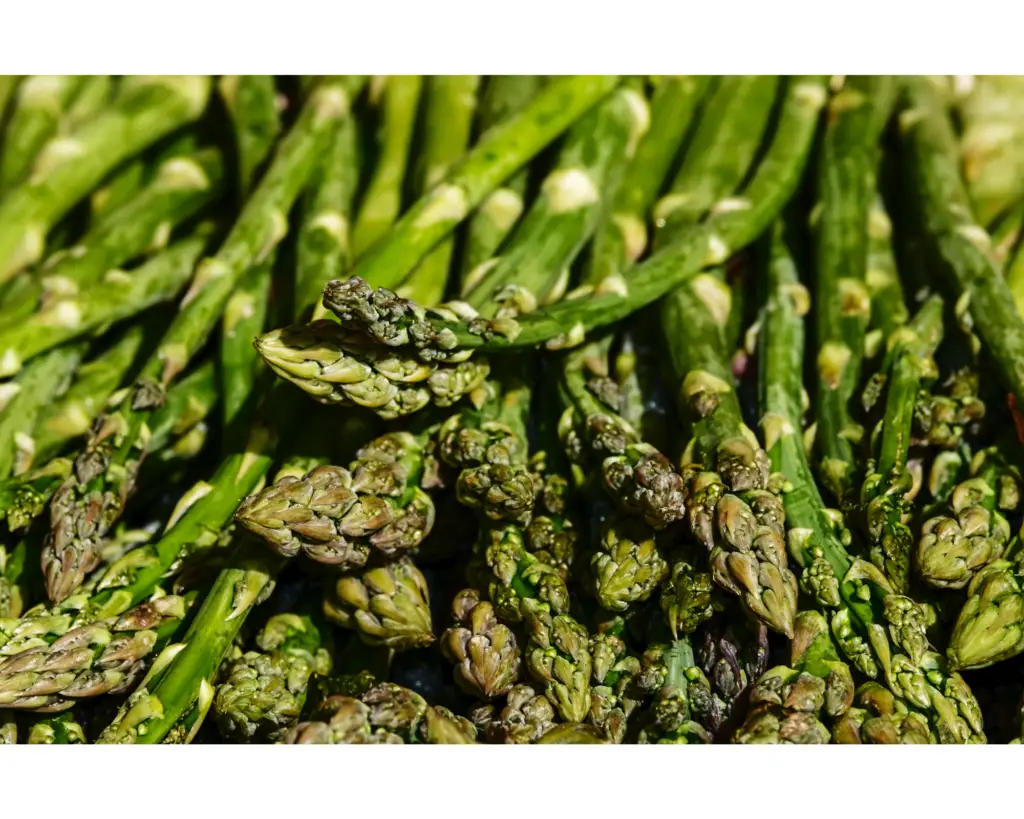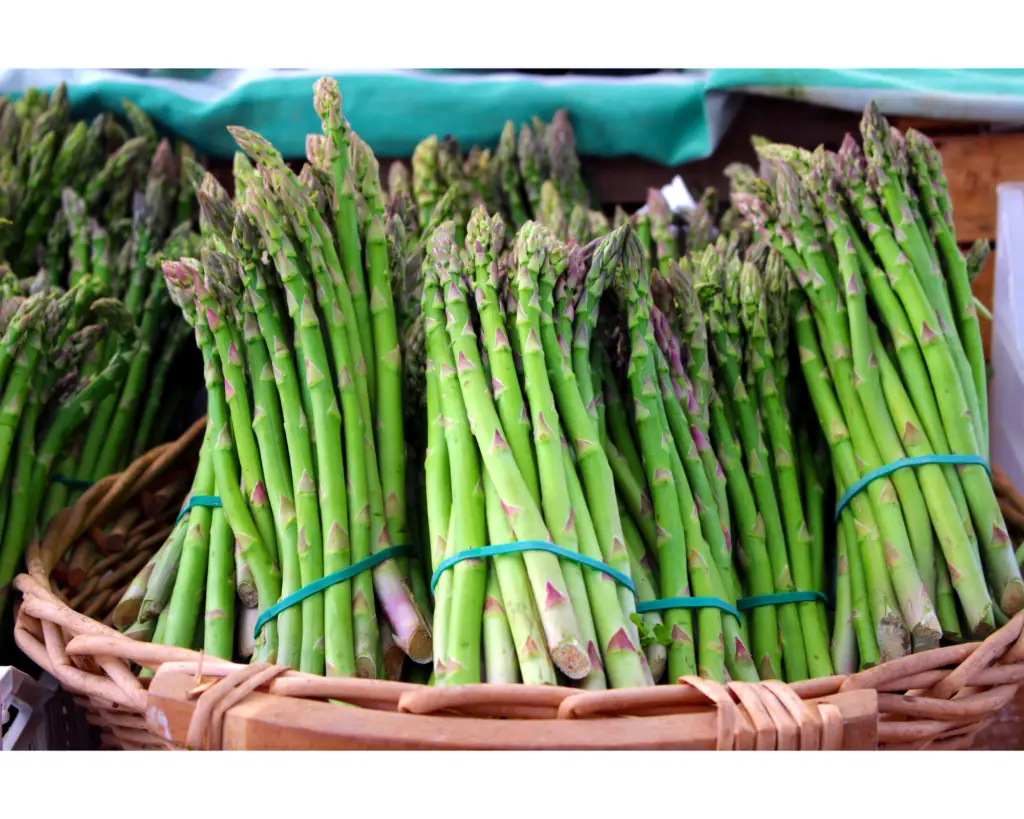Asparagus is a delicious and healthy vegetable that can be grown both indoors and outdoors. While many people believe that asparagus can only be grown in a garden or a large farm, it is actually quite possible to grow it indoors, even in small spaces. In this article, we will discuss everything you need to know about growing asparagus indoors.
Table of Contents
Selecting the Right Variety of Asparagus
The first thing you need to do when planning to grow asparagus indoors is to choose the right variety. There are three main types of asparagus: green, white, and purple. Green asparagus is the most common and easiest to grow, while white and purple asparagus require more attention and care.
When selecting a variety of asparagus, it is important to choose one that is suitable for indoor growing. Some good choices include the Jersey Giant, Mary Washington, and UC157. These varieties are known for their high yields, disease resistance, and adaptability to different growing conditions.



Preparing the Soil
Asparagus plants require well-draining soil that is rich in organic matter. To prepare the soil for your indoor asparagus plants, mix equal parts of perlite, vermiculite, and peat moss in a container. This will create a light and fluffy soil that will allow the asparagus roots to grow easily. It is also important to add some compost or aged manure to the soil to provide the plants with nutrients. Mix in about one pound (0.45 kilograms) of compost or manure for every square foot (0.3 metres) of soil.
Planting the Asparagus Crowns
Once you have prepared the soil, it is time to plant the asparagus crowns. Asparagus is typically grown from crowns rather than seeds. Crowns are the root systems of asparagus plants that have already been started. To plant the crowns, dig small holes about six inches (15 centimetres) deep and 12 inches (30 centimetres) apart in the soil. Place one crown in each hole and cover it with about two inches of soil. Water the soil lightly to help the crowns settle in.
Growing Conditions
Asparagus plants require cool temperatures and a lot of sunlight to grow properly. The ideal temperature range for growing asparagus is between 60 and 80 degrees Fahrenheit. You can achieve this temperature range by placing the plants in a room that is well-ventilated and receives plenty of natural light.
It is important to keep the soil consistently moist but not waterlogged. Water the plants deeply once or twice a week, depending on the humidity level and the size of the container.
Fertilising and Pruning
Asparagus plants require regular fertilisation to thrive. You can use a balanced fertiliser that is high in nitrogen, phosphorus, and potassium to promote healthy growth. Apply the fertiliser once a month during the growing season.
Asparagus plants also require pruning to prevent them from becoming too tall and spindly. Cut back the ferns to about two inches (5 centimetres) above the soil line once they start to yellow and die back in the fall (autumn). This will help the plant conserve energy and prepare for the next growing season.
Harvesting
Asparagus plants typically take about two to three years to mature and produce a significant harvest. Once the plants are mature, you can begin harvesting the spears when they are about six to eight inches (15-20 centimetres) tall. Use a sharp knife or scissors to cut the spears at the soil line.
Harvest the spears regularly to encourage the plants to produce more spears. Stop harvesting the spears when they become thin and spindly or when the plant begins to produce ferns.
Conclusion
Growing asparagus indoors is a feasible and rewarding project for anyone who loves this nutritious vegetable. By selecting the right variety, preparing the soil properly, providing the right growing conditions, and fertilising and pruning the plants regularly, you can enjoy a bountiful harvest of fresh asparagus right in your own home. With some patience and care, you can have a steady supply of delicious and healthy asparagus spears that you can use in a variety of recipes. So why not give indoor asparagus growing a try and see the benefits for yourself?

